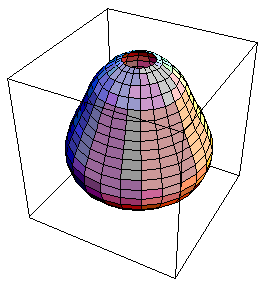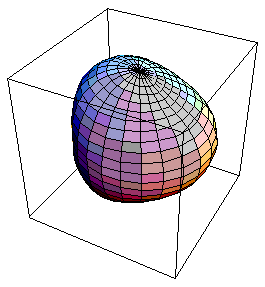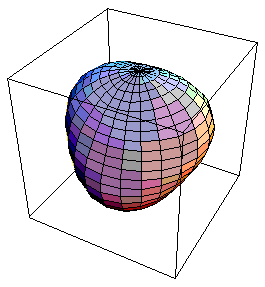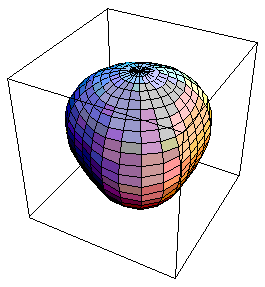Introduction
Overheard on a hilltop pasture somewhere in Greece: A shepherd turns to his astronomer friend and asks, "What are stars made of?" The astronomer replies, "Mostly hydrogen and helium." The shepherd then asks, "How do you know?" The astronomer explains, "We observe the chemical elements at the surface of a star and conclude that the composition of the entire star is similar (at the time the star was born)." The shepherd gazes up at the stars and then down at his flock of sheep and remarks, "If I did science that way I would have to conclude that my sheep are made entirely of wool." The astronomer replies, "Yes, but I could easily prove you wrong by looking inside one of your sheep."
Even though stars are not nearly as complicated as sheep, astronomers do worry about the possibility that the chemical make up of the interiors of stars may not be reflected in the surface abundances. And even though one cannot see inside a star there are a number of indirect methods that can be used to infer the interior makeup of the star. One of the most remarkable methods, developed recently for the Sun, uses the vibrations observed on the surface of the Sun to probe the Sun's interior in a manner similar to a seismologist using the vibrations of an earthquake to probe the earth's interior. These techniques are just now being applied to other stars.
What are these oscillations?
Leighton, Noyes, and Simon (1962) noticed in the spectrum of the Sun that some of the absorption lines were wiggling back and forth slightly with periods of around five minutes. Because the frequency of absorption lines can be shifted if the source is moving toward or away from the observer (the Doppler Shift effect), Leighton, Noyes, and Simon conjectured that the surface of the Sun is shaking back and forth. More careful observations revealed that while some parts of the surface of the Sun were moving towards us, other parts were moving away from us. It was as if there were waves, rising and falling on the surface of the Sun.
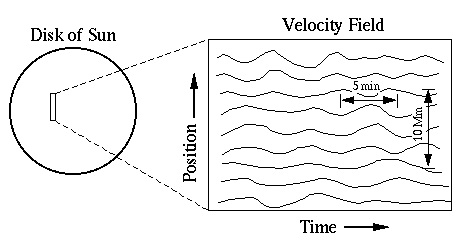
Ulrich (1970) proposed that the waves were in fact the surface manifestation of acoustic oscillations (sound waves) trapped beneath the surface of the Sun (like the sound waves in an organ pipe). This interpretation has proven to be correct.
Today we observe millions of different vibrational modes (acoustic oscillations) all vibrating with different frequencies and different surface patterns on the Sun. In fact, what we see at the surface is the superposition of many different natural acoustic harmonics of the Sun. The modes are now know to be driven by turbulent motions in the outermost layers of the convective envelope of the Sun.
Here are GIF animations of four (of over a million) oscillation modes that exist on the Sun.
l=3, m=0 p-mode
|
l=3, m=1 p-mode
|
l=3, m=2 p-mode
|
l=3, m=3 p-mode
|
And here are some slightly more complicated oscillation modes in high resolution Quicktime format.
What are they good for?
Oscillations on the Sun can be used to probe the interior of the Sun. Different vibration modes penetrate to different depths in the Sun. By comparing the predicted frequencies (from solar models) to the observed frequencies of the modes, scientists can figure out what the interior of the Sun is like, in a manner similar to that used by geo-seismologists studying the earth's interior using the vibrations following an earthquake. The natural acoustic harmonics of solar models can be calculated using computer programs. The agreement between the frequencies of the solar models and those observed on the Sun implies that our solar models are within ±0.1% of the real Sun.
Oscillations have also been used to study neutrino physics, turbulence and convection, and even cosmology.Stellar Seismology
The oscillations seen on the Sun are of a very low amplitude, with parts of the surface rising and falling a few meters every few minutes. It is, therefore, not too surprising that these oscillations are difficult to see on on other stars. Space based telescopes, such as MOST, are hoped to be able to see stellar oscillations.
